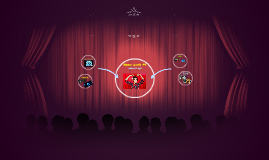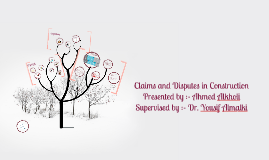DSD
Transcript: Asset Library Photos 04 Colors 01 Shapes 02 DSD Assets 05 Textures 02 02 01 02 01 Phone Contact Emblems and Negotiation Processes Direct phone inquiries can be made at (123) 456-7890. A dedicated phone line ensures immediate assistance, enhancing communication efficiency. Agreement Status Flowchart of Negotiation Process Once the negotiation process concludes, parties evaluate if an agreement has been reached. This includes a review of terms discussed and confirmation of acceptance, signifying a successful collective negotiation outcome. The negotiation process consists of several key stages: Initial proposal, direct negotiation, declaration of strike or arbitration request, pivotal decision points, and final agreement. Each step must be navigated carefully to reach a successful conclusion. Email Contact National Emblem Petition Presentation For further inquiries, please reach out via email at info@organization.com. Prompt responses to emails demonstrate commitment to community engagement and transparency. The national emblem represents the essence of the organization, featuring a shield encased in laurels. Crossed weapons below symbolize strength and unity, set in a striking gold and green against a black background. The initiation of negotiations typically begins with an official presentation of demands from workers. This step is crucial for setting the agenda and framing the discussions to follow, focusing on achieving a fair outcome for both parties. Contact Information Mission Statement Mission and Values Collective Agreement Summary Our mission is to serve the community and promote sustainability. We strive to make a positive impact through initiatives that foster environmental stewardship and enhance the quality of life for all stakeholders. This section delves into the essential guiding principles of our organization, highlighting our commitment to community service and sustainable practices. Understanding the mission and core values lays the foundation for our identity and operational strategies. The essence of a collective agreement lies in its capacity to harmonize the interests of both the organization and its employees. It should clearly outline the terms, conditions, and mutual responsibilities established during the negotiation process. Collective Negotiation Organizational Logo Negotiation Flow Emblems of Distinction Collective negotiation is a structured process where representatives from both employers and employees engage to reach mutual agreements. It is crucial for maintaining workplace harmony and addressing workers' concerns effectively. Core Values The organizational logo reflects the brand's identity through a minimalist design. It is a stylized representation that conveys professionalism and clarity, presented on a timeless black background. Emblems serve as powerful symbols representing identity, values, and mission of an organization. Understanding their significance enhances appreciation for the brand and its outreach. Effective communication is essential for any organization, especially in fostering community engagement and support. Here are the necessary contact details for further inquiries. Negotiation Overview Understanding the negotiation flow is crucial for effective collective bargaining. This section outlines the key stages involved, from initial discussions to the final agreement, ensuring clarity in the negotiation process. Our core values encompass Integrity, Excellence, Community, and Innovation. These principles guide our actions, decision-making processes, and interactions with stakeholders, ensuring that we remain accountable and dedicated to delivering exceptional service. Collective negotiation involves the participation of workers from the private sector and affiliated unions. This structured dialogue aims to address workplace issues, drive improvements, and ensure fair treatment through agreed-upon terms. Perfeccionando... Remember to break up your words so your audience can follow. Últimas comprobaciones... Un momento... This is where your presentation starts. Provide context for your audience and make it easy for them to follow. Ya casi está... Remember to break up your words so your audience can follow. Puesta a punto... Summarize each point you made Give quick call-backs so your audience remembers Leave space for questions Add a details here Diseño en acción... Follow up Add more details here Últimos retoques...

















